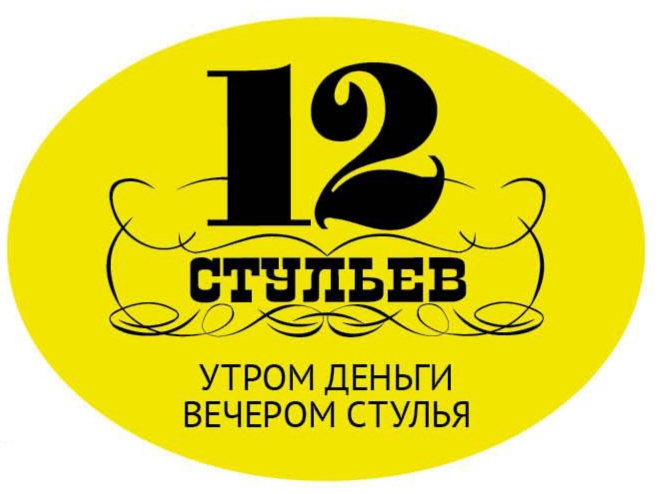Psychologist Bruce Tuckman was the first to document the different phases that teams go through as they develop. In this article, we discuss the different stages of group development and how you can guide your team through them to optimize collaboration. This final stage is the point where the project comes to an end and the team separates and goes their separate ways. Some team members may find the adjourning stage hard because they liked the routine of the group, have made close friendships or if the future, after leaving this team, looks bleak and unpromising.

Yet, sometimes they have trouble tracking who does what — just because everybody is so involved. Everyone’s pouring their heart and soul into the content production project. Adam and Daniel edit each other’s articles, while Stella expresses her want to learn more about SEO best practices from Daisy. At https://www.globalcloudteam.com/ this stage, the 4-strong team makes things happen with plenty of empathy. Similar problems arise occasionally — but the way the team handles them creates an atmosphere of trust and confidence. It’s no longer a game of cat and mouse where team members try to catch each other’s errors and criticize them.
Production or People: What Should Pastors Prioritize?
Thus, the researchers study about the group development to determine the changes that occur within the group. At this stage, a sense of belongingness is established because the talents, skills, and experience of each group member are acknowledged. The group leader assigns four stages of team building a certain role to every group member which they have to achieve in a given time. Those who feel proud of their accomplishments will feel a sense of integrity. Successfully completing this phase means looking back with few regrets and a general feeling of satisfaction.
- This approach helps you highlight that conflicts and problems throughout the project are normal — not a sign of failure.
- Understanding payroll taxes and who’s required to pay them Want to learn more about payroll taxes and who pays them?
- Tuckman’s foundation helps team leaders understand how team dynamics change as a project progresses.
- Success leads to an ability to stay true to yourself, while failure leads to role confusion and a weak sense of self.
- The team is already used to each other’s workflows, and most future disputes and conflicts generally become easier to overcome.
- This stage plays an essential role in developing a sense of personal identity which will continue to influence behavior and development for the rest of a person’s life.
However, consistent efforts from the team leader and members help cultivate a team-first mindset. A team where everyone prioritizes the team’s goals over their individual targets is geared for success. As a leader, you cannot expect the team to start performing from the get-go. Fostering a strong sense of teamwork requires understanding how a group is formed and its different developmental stages. Mr. Marcus sees Rina in the break room sixty days into the project and casually asks how things are going with the team and the Banisher.
Powerful tips on how to facilitate proper group development
A keen interest in finding mutually agreeable solutions also develops. When the storming stage of group formation is completed, there will be a relatively clear hierarchy of relationships among the group. When a system is prone to be resolved in a certain way, but is not determined by a certain trajectory or constrained by time then this system is said to have a strange attractor. For groups, working as a functioning, effective team serves as the strange attractor, because this is the state groups naturally wish to return to after a chaotic period. However, training should be mandatory for everyone if you look forward to improved team performance.
His method pays special attention to the «content» dimension of interactions by classifying statements in terms of how they respond to a decision proposal (e.g. agreement, disagreement, etc.). Avoiding the pitfalls in team development can save time and resources. At this stage, the team is more creative and collaborates to accomplish goals. The team leader should solicit ideas and contributions from all team members. Rina, the leader of the Bug Banisher Team, comes to Mr. Marcus thirty days after the initial meeting. She has a laundry list of issues to discuss, and none of them is pleasant.
NetherRealm Releases New Mortal Kombat 1 Keepers Of Time Trailer, Reveals Playable Geras
Older adults need to look back on life and feel a sense of fulfillment. Success at this stage leads to feelings of wisdom, while failure results in regret, bitterness, and despair. While Erikson believed that each stage of psychosocial development was important, he placed a particular emphasis on the development of ego identity.

Her punctuated equilibrium model suggests that groups develop through the sudden formation, maintenance, and sudden revision of a «framework for performance». The specific issues and activities that dominate groups’ work are left unspecified in the model, since groups’ historical paths are expected to vary. Building and maintaining a team with members having different personalities and skill sets is a challenging task.
Tips to Get Your Team Ready for All Stages of Group Development
In this article, we discuss the different stages of team development and how leaders can guide their team through those stages to increase collaboration. In the first three stages of Tuckman’s five stages of group development model, the roles you use from Belbin’s Team Role Inventory could make a massive difference to that teams success and effectiveness. At the performing stage, relationships are formed and there is a clear and stable structure. The team is mature, organised and has a sense of consensus and cooperation.
Team members feel ambiguous and conflict is avoided at all costs due to the need to be accepted into the group. Team members look to a group leader for direction and guidance, usually CORAL project guides. The fifth psychosocial stage takes place during the often turbulent teenage years.
Theories and models
I assembled a list of quick tips of my own and advice from experts that will help managers, leaders, and teams ensure that each stage plays out as it should. As a natural consequence of it all, your project is bound to progress at a steady rate. In contrast, mismatched, uncompromising teams can only produce incomplete, confusing projects — if they produce anything at all. To sum up, here’s a quick overview of the behaviors, feelings, group needs, and leadership needs in the Adjourning Stage. So, team members have grown fully accustomed to each other’s workflows.

Problems and conflict, of course, do still arise, but they are dealt with effectively. The prime focus of the team is on problem solving and meeting goals; effectiveness is at its peak. In fact, each phase plays a critical role in the team’s progress — whether in short, medium, or long-term goals.
Stage 6: Intimacy vs. Isolation
In groups, conflicts often arise as a result of conflicting working styles between team members. Some people may even begin to question the group’s goals discussed at the outset and then stop altogether. This has a negative and depressing effect on those who continue to work hard as the previously established group processes no longer work well. It is important to remember that the psychosocial stages are just one theory of personality development. Some research may support certain aspects of this theoretical framework, but that does not mean that every aspect of the theory is supported by evidence. The theory can, however, be a helpful way to think about some of the different conflicts and challenges that people may face as they go through life.
